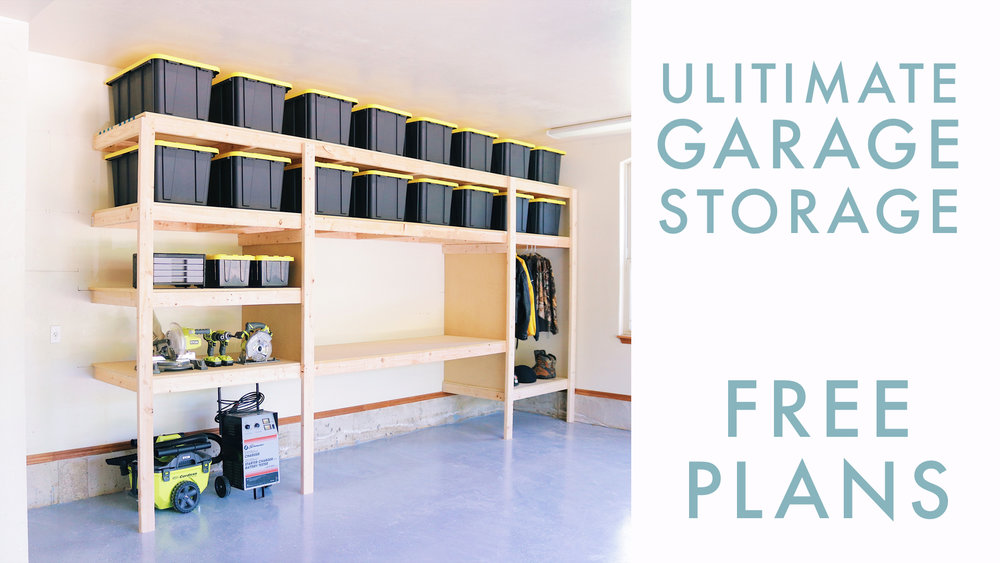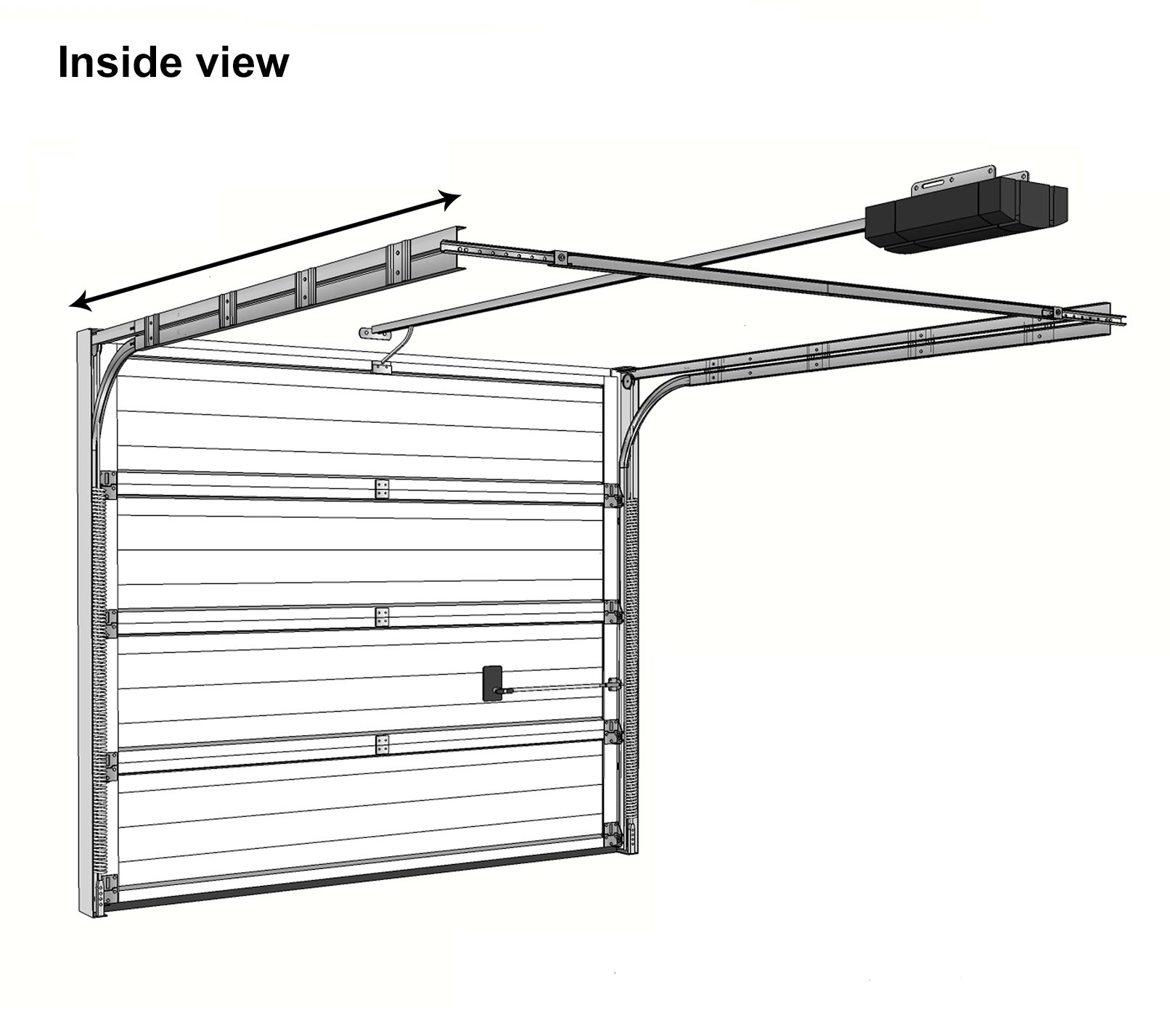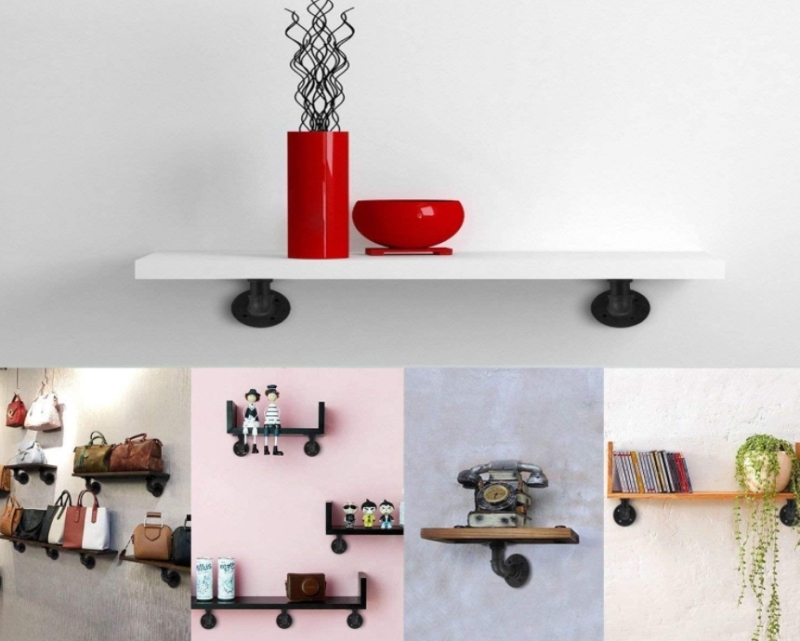
The garage door is an essential part of any home's design, whether you are building or replacing an existing one. It's not only important for the design of your home, but also for the safety and productivity of the area. You should consider the materials, colors, and finishes that you prefer when installing a garage door. There are many choices available from glass to wood. Each one has its own benefits.
Garage doors not only secure your home but can also improve your home's energy efficiency. A modern design will look great with your house's architecture. These styles include tilt-up, canopy, and sliding. Modern designs often have clean lines and aluminum frames or acrylic frames with tempered glass panels.
A carriage-style door will give you a traditional look. These doors are very similar to French doors but hang from hinges. They open like large barn doors. These doors are extremely popular, and can be found on many different homes. There are two main differences: the clearance required for the door to open or close.

Wooden garage doors that are carriage-style are often made of wooden. Some are all wood, others have an aluminum- or fiberglass cladding. All-wood doors cost more than composite ones. However, they are much stronger and less likely to rot. They often come with higher insulation, such all-wood panels and polystyrene back.
They are sturdy and a good choice for garage doors. They will not rust, rot or warp in the harsh Midwest weather. They can be painted if they become yellowed. Fiberglass is stronger than steel, but is less likely to crack or splinter.
Your garage door's lifespan will also depend on the type of spring that you choose. Spring life is generally three to seven years. However, poor maintenance and heavy loads can reduce the lifespan of torsion springs. In addition, if you live in a humid area, your spring's cycle life will be significantly shorter.
Garage doors usually have at least one Torsion spring. These springs are used to store tension and lift the door. After the door is raised, springs are unwound. The springs are attached by cables that wrap around grooves in cable drums. You can lubricate the springs to increase their longevity. Grease can cause the springs to "skate" on the track. This can decrease their lifespan.

Side-hinged garage doors are another common option. These doors hang from hinges on either side of the opening, and they can be manually operated or automated with a special remote. Swinging garage entrances are more expensive to automate. They are therefore primarily used in garages with limited headroom.
FAQ
Why should I remodel rather than buying a completely new house?
Although houses are getting cheaper each year, you still have to pay the same amount for the same square footage. You may get more bang for your buck but you still have to pay for extra square footage.
It costs less to keep up a house that doesn't require much maintenance.
Remodeling instead of buying a brand new home can help you save thousands.
By remodeling your current home, you can create a unique space that suits your lifestyle. Your home can be made more comfortable for your family.
What's the difference between a remodel or a renovation?
A remodel is major renovation to a room, or a portion of a rooms. A renovation is a minor change to a room or a part of a room. For example, a bathroom remodel is a major project, while adding a sink faucet is a minor project.
Remodeling involves the complete or partial renovation of a room. A renovation is merely changing something in a particular room. A kitchen remodel could include replacing countertops, sinks and appliances as well as changing lighting and paint colors. You could also update your kitchen by painting the walls, or installing new light fixtures.
How much is it to renovate and gut a whole kitchen?
You might be wondering how much it would cost to renovate your home.
A kitchen remodel will cost you between $10,000 and $15,000. However, there are ways to save money while improving your space's overall look and feel.
You can cut down on costs by planning ahead. This includes choosing a design style and color palette that fits your lifestyle and budget.
Another way to cut costs is to make sure that you hire an experienced contractor. A tradesman who is experienced in the field will be able to guide you through each stage of the process.
It would be best to consider whether you want to replace or keep your existing appliances. The cost of replacing appliances can increase by thousands of dollars in a kitchen remodel project.
It is possible to choose to buy used appliances, rather than buying new ones. Because you don't need to pay for installation, buying used appliances can help you save some money.
You can also save money by shopping around when buying materials and fixtures. Many stores offer discounts during special events, such as Black Friday or Cyber Monday.
What should my cabinets look like?
It depends on whether you're considering selling your home or renting it out. If you intend to sell your home, you will likely need to remove and refinish cabinets. This gives buyers an impression of brand new cabinets, and it helps them imagine their kitchens after they move in.
But if your goal is to rent your house you will need to remove the cabinets. Many tenants complain about cleaning up after their previous tenants, including greasy fingerprints and dirty dishes.
To make the cabinets look better, you can paint them. Just remember to use a high-quality primer and paint. Low-quality paints may crack over time.
What is included in a full kitchen remodel?
A full kitchen remodels more than just a new sink and faucet. You will also need cabinets, countertops and appliances as well as lighting fixtures, flooring, plumbing fixtures, and other items.
Full kitchen remodels allow homeowners to modernize their kitchens without the need for major construction. This means that no demolition is required, making the project easier for both the homeowner and the contractor.
Kitchen renovations include various services, including electrical, plumbing, HVAC, carpentry, painting, and drywall installation. Depending on the scope of the project, multiple contractors might be needed to remodel a kitchen.
A team of professionals is the best way to ensure that a kitchen remodel runs smoothly. There are often many moving parts in a kitchen remodel, so small problems can cause delays. DIY kitchen remodels can be complicated. Make sure you have a plan and a backup plan in case of an emergency.
What are the largest expenses when remodeling a kitchen
When planning a kitchen renovation, a few major costs are involved. These include demolition, design fees, permits, materials, contractors, etc. They seem quite small when we consider each of these costs separately. But when you combine them, they quickly add up to be quite significant.
The most expensive cost is probably the demolition. This includes removing cabinets, countertops and flooring. Then you have to remove the drywall and insulation. You must then replace these items with new ones.
The next step is to hire an architect to design the space. Next, you must pay for permits to ensure the project meets building codes. The final step is to find someone to carry out the actual construction.
The contractor must be paid once the job has been completed. You could spend anywhere from $20,000 to $50,000, depending on how large the job is. That's why it is important to get estimates from multiple contractors before hiring one.
Plan ahead to cut down on some of these costs. You may be eligible to get better prices on materials, or you might even be able skip some of your work. You will be able save time and money if you understand what needs to done.
Many people attempt to install cabinets themselves. This will save them money as they won't need to hire professional installation services. However, this can lead to them spending more to learn how to place cabinets. The time it takes to complete a job can be completed by professionals in half the time.
A cheaper way to save money is buying unfinished materials. It is important to wait until all pieces have been assembled before buying pre-finished materials, such as cabinets. You can begin using unfinished materials right away if they are purchased. And if something doesn't turn out exactly as planned, you can always change your mind later.
But sometimes, it isn't worth going through all this hassle. Plan is the best way to save on home improvements.
Statistics
- About 33 percent of people report renovating their primary bedroom to increase livability and overall function. (rocketmortgage.com)
- $320,976Additional home value: $152,996Return on investment: 48%Mid-range average cost: $156,741Additional home value: $85,672Return on investment: (rocketmortgage.com)
- 55%Universal average cost: $38,813Additional home value: $22,475Return on investment: 58%Mid-range average cost: $24,424Additional home value: $14,671Return on investment: (rocketmortgage.com)
- 5%Roof2 – 4%Standard Bedroom1 – 3% (rocketmortgage.com)
- Following the effects of COVID-19, homeowners spent 48% less on their renovation costs than before the pandemic 1 2 (rocketmortgage.com)
External Links
How To
How to Remove Tile Grout from Floor Tiles
Most people don't know that tile grouting exists. It is used in sealing joints between tiles. There are many different types of grout today. Each has its own purpose. Here we will show you how to remove tile grout from floor tiles.
-
Before you begin, make sure you have everything you need. It would be best if you had a grout cutter, a grout scraper, and some rags.
-
Now you must clean any dirt or debris under the tile. Use the grout cutter to cut away at the grout and gently scrape away any loose pieces. You must be careful not to scratch any tiles.
-
After cleaning up all the grout, you can use the grout scraper to remove any remaining grout. If there isn't any grout left, you can go to step 4.
-
Once you've done all of the cleaning, you can move onto the next step. Take one of the rags and soak it in water. Make sure the rag is fully wet. When the rag has become soaked, wring it out, so that excess water stays inside the rag.
-
Then, place the wet towel on the joint where tile meets wall. Press firmly on the rag until the grout begins to break apart. Slowly pull down on the rag until it is pulled towards you. Continue pulling it backwards and forwards until all the grout has been removed.
-
Repeat steps 4 and 5 until all the grout has been removed. Rinse your ragout. If necessary, repeat the process.
-
After you have removed all grout, use a damp cloth to wipe the tiles' surface. Let dry thoroughly.